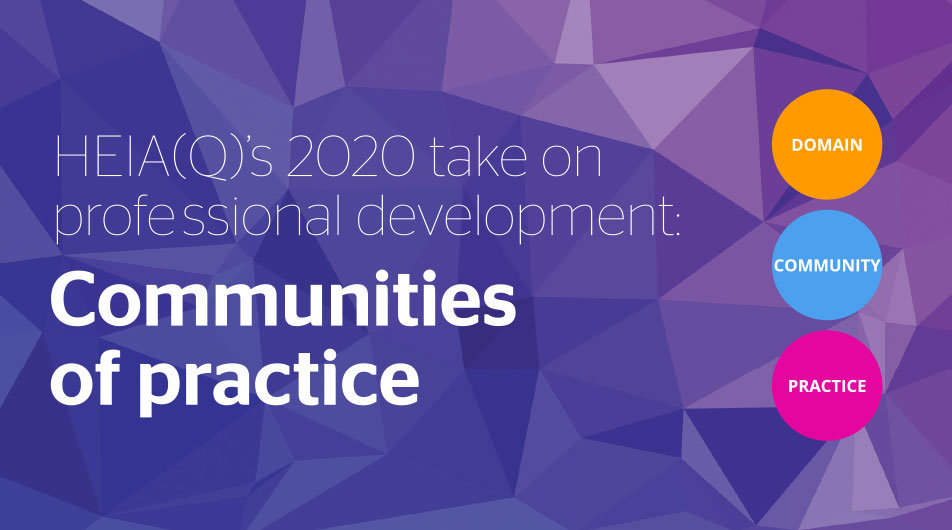Communities of practice (CoP) are professional networking groups established to facilitate discussions to share practice, address areas of interest or concern, and build a supportive community. While there have been some fantastic networking groups established by members over the past number of years, HEIA(Q) has identified the need for greater connectedness and professional-development opportunities across Queensland as a key improvement strategy. To achieve this, HEIA(Q) has committed to establishing and facilitating CoPs for its members. With the sudden onset of COVID-19 and its associated social-distancing restrictions, our original plans shifted to testing the feasibility of an online platform to facilitate these networking opportunities.
In Term 3, HEIA(Q) hosted its first two online communities of practice through the Zoom platform, with one focused on Senior Design and the other on Senior Food and Nutrition. Both events were well attended and provided valuable opportunities for colleagues with diverse experiences to support each another. With internal assessments IA1 and IA2 as the central focus, the sessions combined a general discussion about each assessment instrument with breakout sessions for small groups to share their experiences, and then give feedback to the larger group. This format ensured that colleagues were able to contribute equally and to develop constructive connections with others.
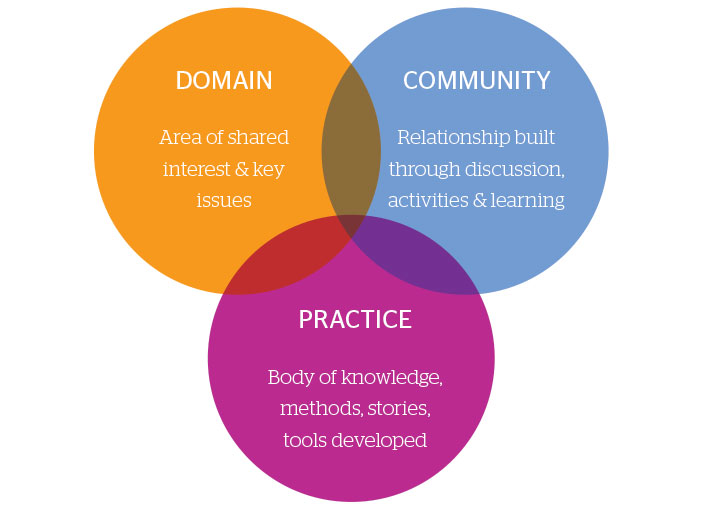
Design community of practice
The Design community of practice was held on the afternoon of Thursday 30 July 2020 and was facilitated by Rosie Sciacca from John Paul College in Logan. The hour-long session from 3.45 pm—4.45 pm dedicated time for colleagues to reflect on and share their experiences from Unit 3’s Human-Centred Design internal assessment 1 (IA1), an examination, and for internal assessment 2 (IA2)—a project with the intent to shape future practice and decisions. Within this session, most participants were experienced with Unit 3 and, therefore, had much to share.
Breakout group discussions for the IA1 examination focused quite heavily on the challenges that students faced when engaging with the examination. A common issue that emerged was students’ ability to effectively use the one-hour working time to complete the ‘develop’ phase of the design process. Those who had some success in this aspect noted that adequate preparation for this during Units 1 and 2, in addition to students’ development of effective time plans and strategies, was an effective strategy to support students’ assessment literacy and performance. Another key issue that was highlighted revolved around the scope and scale of the task. For some, the design brief and design criteria were too narrow and/or specific and, therefore, colleagues felt that they did not provide adequate opportunity for students to devise divergent and innovative ideas and design concepts. Conversely, some colleagues noted that their tasks were too broad and/or had too many design criteria for students to effectively grapple with, particularly due to the time constraints. The design criteria were of particular note, with some discussion occurring about ensuring that they were clear, concise and measurable to support students’ ability to critically evaluate their ideas against all design criteria.
Discussions for the IA2 project were more focused on celebrating students’ engagement with the task rather than unpacking diverse issues. The main challenge that colleagues noted, however, was the difficulty in designing a task around a stakeholder or group of stakeholders that students can easily, equitably and safely engage with throughout the project. For those engaging with IA2 during Term 2 when COVID-19 restrictions were heightened across Queensland, this proved even more difficult than had been envisaged in 2019 when tasks were endorsed. Nonetheless, the use of online communication tools was identified as having been effective to support students to connect with their stakeholder/s.
The session concluded with a whole-group discussion about strategies participants were using to support Year 12 students preparing for the external examination.
A significant portion of the discussion centred on the recently updated external assessment marking guide and how colleagues were unpacking and using this with students. Colleagues also shared pedagogical approaches and resources they were implementing to sustain student engagement and to develop capacity.
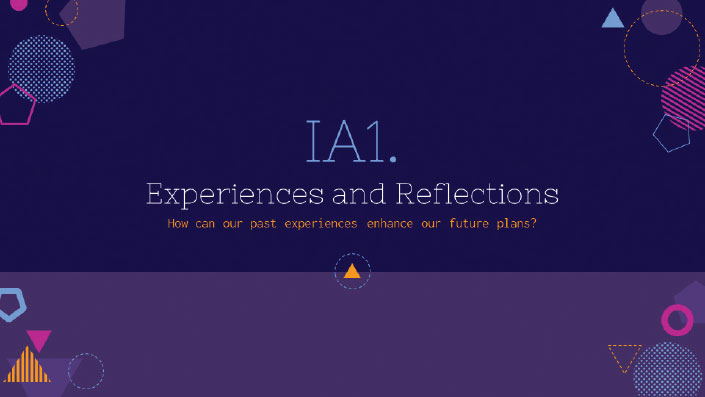
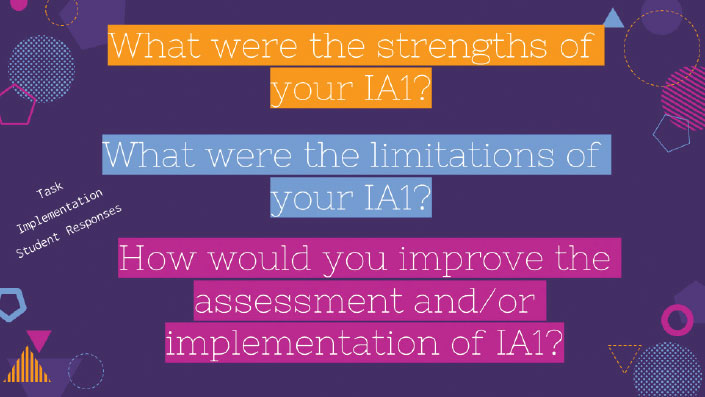
Food and Nutrition community of practice
The Food and Nutrition community of practice was held on Thursday 30 July 2020 from 6.30 pm–7.30 pm and was facilitated by Michelle Harris from San Sisto College in Carina, Brisbane. The hour-long session prioritised time for colleagues to share their experiences from Unit 3’s Food Science of Carbohydrate and Fat IA1 examination, and IA2 project, and to reflect on how this will inform their future practice. Within this session, half of the participants were new to teaching Food and Nutrition and they, therefore, valued the opportunity to gain clarity from others’ experiences.
Discussions for the breakout groups related to the IA1 examination explored the merits of directing the examination towards a fats or carbohydrates focus, with those with experience in this assessment instrument sharing the successes and challenges of each context. Of particular note was the conversation about use of cognitive verbs by the students to direct their responses. It was agreed that while the Queensland Curriculum and Assessment Authority’s toolkit is a great starting point, we as a collective group would benefit greatly from subject-specific examples and learning experiences related to explanation, analysis, and synthesis, specifically, and that this would be best applied from Years 9–10 in order to support greater confidence and outcomes in the senior school.
Breakout-group discussions for the IA2 project centred on the problem-solving process focus of the task. When reflecting on their first implementation of IA2, experienced participants evaluated the scope and scale of their tasks, particularly their contexts, and how this supported students to identify a suitable fat- or carbohydrate-based food problem, and to develop and generate diverse and appropriate solutions. Participants noted that their future iterations would be refined to enhance students’ flexible engagement in the problem-solving process.
As the members of this network were quite diverse in their experiences, the Food and Nutrition community-of-practice discussions were balanced between unpacking the assessment instruments and their requirements, and with providing opportunities for those who have implemented the task to share their insights. This, in turn, built the collective capacity of the group, ensuring that all participants were able to gain valuable learning and ideas from each other.
Future communities of practice
Due to the success of the initial online communities of practice, HEIA(Q) plans to continue to offer further opportunities for members to participate in them. To ensure that prospective sessions are effective, HEIA(Q) needs your input.
For those who participated in the previous CoPs, HEIA(Q) welcomes your constructive feedback regarding the sessions. Was the timing suitable? Were the breakout-session groups appropriately divided? What could improve future iterations?
As we look towards future communities of practice, what areas interest members? Is it a specific year level, a particular mode of assessment, a specific concept, a practical skill, managing and resourcing the practical components of the subject disciplines, or engaging in highly accomplished and lead-teacher accreditation? Whatever your interest is, HEIA(Q) would love to know!
HEIA(Q) also extends an invitation for those who would like to facilitate an online CoP, supporting and leading colleagues in their professional dialogues and networking. To express your interest in a particular focus or to nominate to lead a community of practice, please contact HEIA(Q) at heiaq@heia.com.au.
It is also important to note that at a national level HEIA is providing valuable communities of practice on a range of areas, including facilitating effective CoPs and exploring Home Economics as a discipline. Members are encouraged engage with these communities as they are not only fantastic professional-learning opportunities but are also a great way to connect with colleagues across Australia.
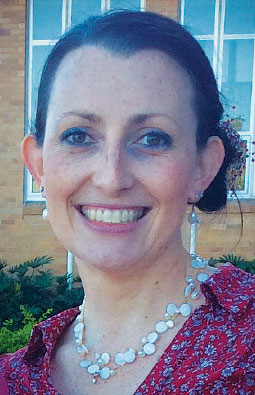
Michelle Harris, San Sisto College
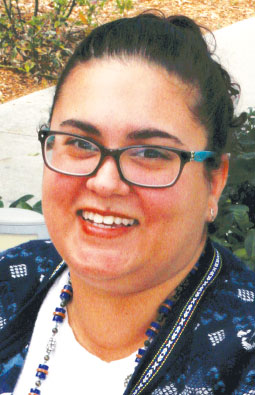
Rosemarie Sciacca, John Paul College

Michelle Harris, San Sisto College

Rosemarie Sciacca, John Paul College

